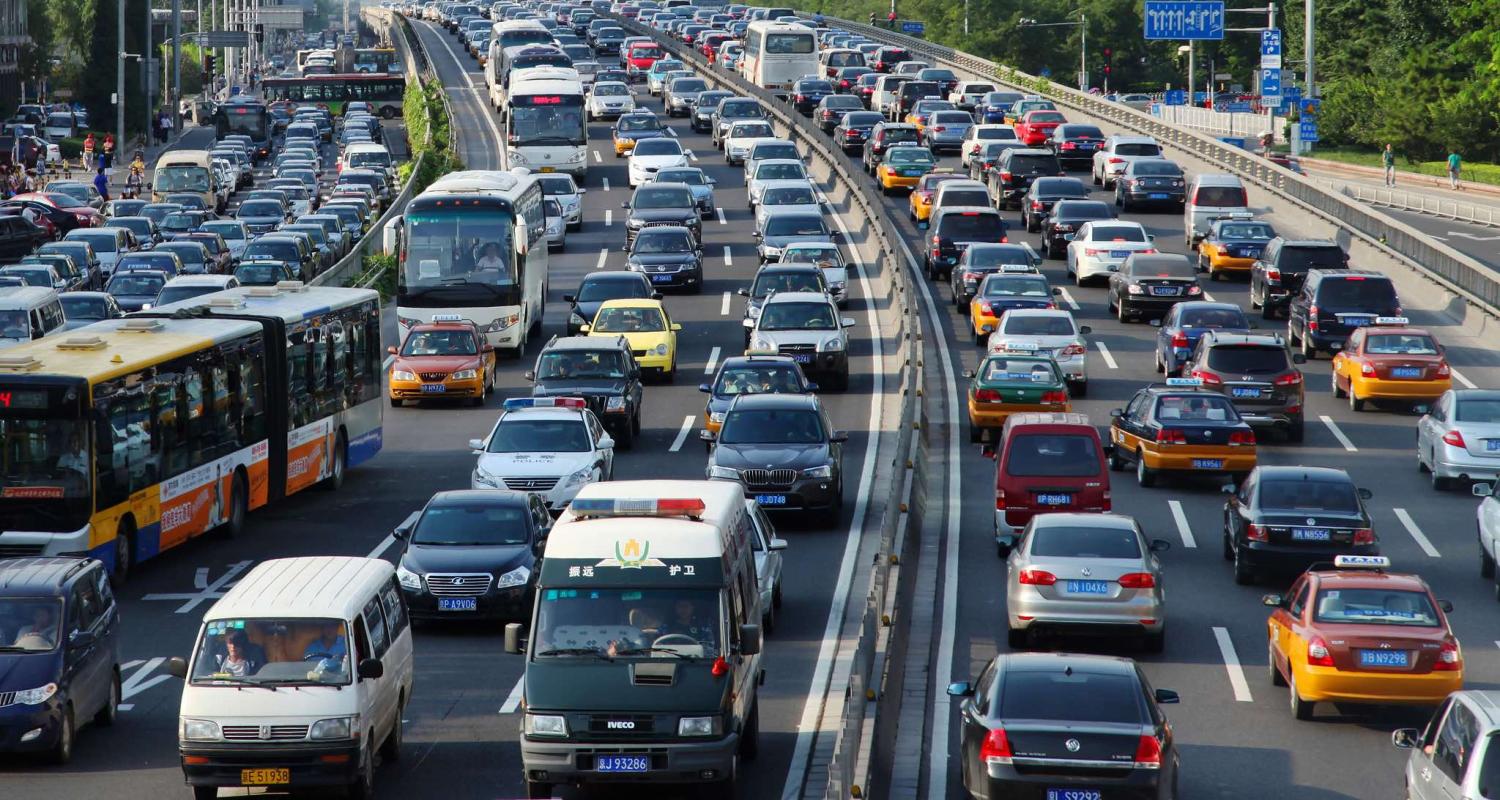- Rolling out the same aid program in different countries can generate contrasting results. This Global Innovation Fund blog post discusses an attempt to replicate the Kenyan “Sugar Daddies” trial – aimed at reducing the risk of aid and unintended pregnancy – in Botswana, and why it achieved different results in each country.
- Arianna Legovini, head of the Development Impact Evaluation Initiative (DIME) at the World Bank, explains how edutainment – education through entertainment and media – can better tackle development issues.
- The Oxfam scandal is darkening the image of the aid sector. But Megan Nobert argues that defunding Oxfam, or other humanitarian organisations involved in misconduct, is not the solution.
- Rema Hanna, research director from Harvard University, writes about traffic in megacities, using Jakarta as an example.
- Attracting more private financing and private solutions to complement and leverage public funds for official development assistance is a growing trend in the aid sector. Hartwig Schafer explains how it works by looking at West Africa housing and Solomon Islands fisheries.
- Last week the World Bank issued its report on China’s success in financial inclusion. Jennifer Chien extracts three key lessons that policymakers in other countries should follow to experience the same benefits.
- How much does it cost to create a job? Two economists (from the World Bank and the Sorbonne) used general equilibrium models to estimate the number of jobs that could be created in various sectors of the economy given limited investment.
Aid and development links: the cost of a job, traffic in megacities, and more
Links and stories from across the aid and development sector.

Traffic in Beijing, China (Photo: World Bank/Flickr)
Published 19 Feb 2018
Follow @AlexandreDayant